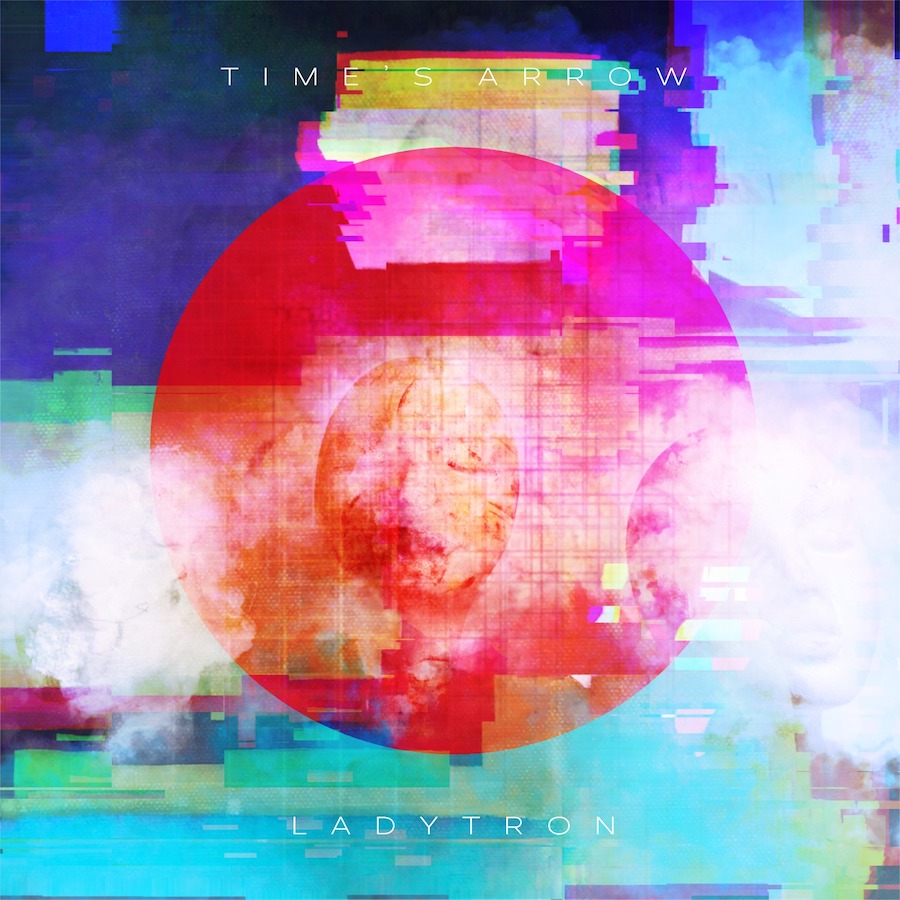Ladytron: Biography
Originating in Liverpool, England, Ladytron have earned decades of acclaim since their foundation by relentlessly pushing boundaries, carving out new sonic and conceptual space, and refusing to abide by formula or trend. This journey has taken them to their much anticipated eighth studio album, now in production.
At the beginning they revelled in cute situationist mischief; opaque messages, matching uniforms, and live shows in unconventional spaces, such as a disused bank in East Berlin, or a bowling alley in a Paris Metro station. In addition, the group, already international in their makeup, placed more emphasis on countries and cities other than their own. Thus, the group’s worldwide recognition quickly grew — playing to audiences in places where few artists went at that time, such as China and Colombia.
Along the way they twice took their primitive electronics to more familiar territory, two visits to California’s Coachella Festival, on relentless tours across Europe, Asia, North and South America, and were invited to perform with artists such as Bjork, Nine Inch Nails, and for Brian Eno’scurated festival at the Sydney Opera House. Eno remarked in an interview, “Ladytron are, for me, the best of British pop music. They’re the kind of band that really only appears in Britain, with this funny mixture of eccentric art-school dicking around and dressing up, with a full awareness of what’s happening everywhere musically, which is kind of knitted together and woven into something quite new.”
Now made up of trio Helen Marnie, Daniel Hunt and Mira Aroyo, Ladytron’s origins were in lo-fi electronic pop, the original dreampop/shoegaze movement, catalysed by Liverpool’s DIY post-punk tradition, and under subliminal influence of the pervasive dance music culture in the city at that time. Made with then cheap and unfashionable electronic instruments which now fetch tens of thousands of dollars, their raw and minimal debut, 604 in 2001, was made in that improvised context. Its successor, 2002’s more refined and diverse Light&Magic, which was recorded in Manchester and Los Angeles, had Ladytron grouped with the new electro movement, and so-called Electroclash wave, while 2005’s Witching Hour saw them break out and win over a whole new audience. Pitchfork wrote: “Every quantum leap record has a quantum leap single, and in this case, it’s “Destroy Everything You Touch.” With a charging chorus and shivery production that sounds as equally indebted to shoegaze as it does synthpop, this is probably the most confident and menacing thing they’ve ever done.” 2008’s harder, darker, Parisian-made Velocifero, saw them grow further with the iconic singles “Ghosts,” “Runaway” & “Tomorrow.”. Key to Ladytron’s individuality and creative progress was never responding to any contemporary movement, scene, or sound.
Over these early albums, with their label and organisational base in Los Angeles, and their music a staple on the taste-making KCRW radio station, their very name became a reference point, and their sound caught the eyes and ears of some of the biggest writer and producers in the business. Ladytron’s influence, not just on a new wave of underground electronic pop acts that would emerge over the coming decade, but on the mainstream, was further evidenced when the group were invited by superstar fan Christina Aguilera to write and produce for her.
After a retrospective collection, a fifth studio album (2011’s Gravity the Seducer), and another world tour that culminated in a euphoric sell out at the Los Angeles Wiltern Theatre, the band went silent. Over time this mystery perplexed the group’s still growing audience. With no shows, and barely any social media activity, rumours spread about what had happened to Ladytron. In the following years, as the synth-heavy sound became a blueprint for modern pop music production, and the analogue machines with which it was originally built were revived and turned into a billion dollar industry, there was still no word from Ladytron, as the scattered group members embarked on movie scores, collaborations and solo projects.
In early 2018 radio silence was finally broken with a startling new song from nowhere, “The Animals”, and announcement of their new album, their eponymous sixth. It was released to critical acclaim, with Q Magazine calling it “Their finest record since 2002’s Light&Magic.” and that “Ladytron achieve near perfection here.,” Mojo insisting that in “Dark times, Ladytron soundtrack them beautifully…” GQ described it as “Formidable machine music, full of urgency and menace.” while NPR posited that “Ladytron seems enraptured at the idea of change, and of new beginnings in the face of a possible fiery end…“ Blackbook called it simply “Ladytron at their absolutely most sublime.”
The group went in to record the follow up in March 2020, with sessions abandoned after three days due to the arrival of the pandemic. After a challenging process across continents, Ladytron’s seventh album Time’s Arrow was eventually released in 2023. Although written before the world stopped, it was instilled with what were described as “themes of beauty, disposability and fragility of the culture that surrounds us, and the exhilaration of freeing yourself from those structures”, thoughts which had become poignant to many in the intervening years. Opener and lead single“City of Angels” encapsulated that.
Fittingly, the dislocated Time’s Arrow arrived just as another moment from Ladytron’s past returned, as the tides of the digital ocean moved in mysterious ways. Unknown to the group,“Seventeen”, the main single from 2002’s Light&Magic had gone viral on TikTok, a new disaffected generation had been introduced to Ladytron’s music, with hundreds of thousands of clips created, many of them with millions of views each. A twenty-year-old song by a group whose very existence predated social media itself, suddenly appeared as a top ten hit around the world. As that strange rebirth shows, great work creates its own space. It never dies.
